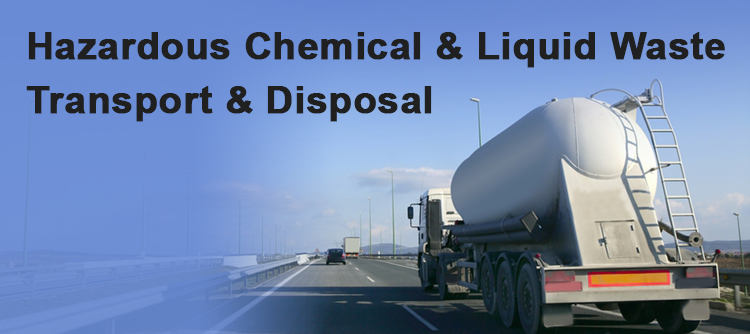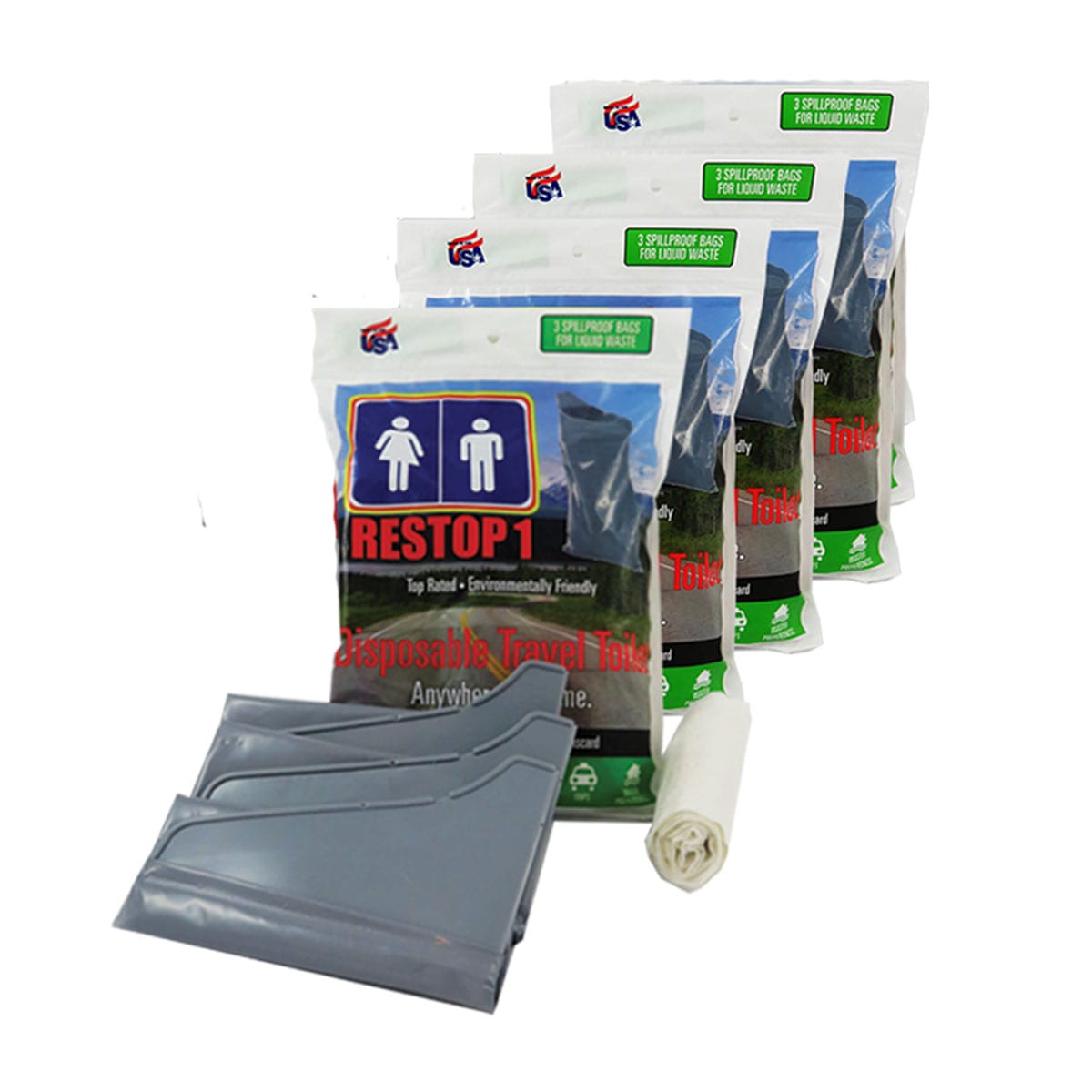Specialist Liquid Waste Removal Melbourne: Keeping Your Setting Clean
Specialist Liquid Waste Removal Melbourne: Keeping Your Setting Clean
Blog Article
How Liquid Waste Disposal Functions: A Thorough Introduction of Methods and Technologies Used

Review of Fluid Waste Kind
The complexity of liquid waste types necessitates a detailed understanding of their features and effects for disposal. Fluid waste can extensively be classified right into numerous kinds, including industrial, community, farming, and contaminated materials. Each group displays unique residential properties, calling for details monitoring methods to alleviate environmental and health risks.
Industrial liquid waste stems from producing processes and typically consists of a variety of pollutants, such as heavy steels, solvents, and organic substances. Metropolitan fluid waste, mainly consisting of wastewater from families and industrial establishments, has organic matter, nutrients, and microorganisms (industrial wastewater treatment). Agricultural liquid waste, including runoff from ranches, may contain plant foods, pesticides, and animal waste, posturing dangers to water quality and ecosystems
Unsafe fluid waste is defined by its toxicity, sensitivity, or potential to trigger harm. This group consists of substances like acids, bases, and specific chemicals that necessitate rigid handling and disposal protocols. Recognizing these varied liquid waste types is vital for creating efficient disposal techniques and ensuring conformity with ecological regulations. Proper classification and characterization are crucial for executing suitable therapy techniques and lessening the adverse effects on public health and the setting.
Physical Treatment Techniques

Screening is the initial action, where larger particles and particles are eliminated from the liquid waste using displays or grates. In sedimentation storage tanks, heavier fragments settle at the base, developing a sludge layer, while the cleared up liquid can be more treated.
Purification is an additional crucial technique that involves passing the fluid with permeable materials, such as sand or membranes, to record smaller fragments. This step improves the high quality of the fluid, making it appropriate for succeeding treatment procedures.

Chemical Therapy Techniques
Chemical therapy strategies are necessary for efficiently taking care of liquid waste, specifically in dealing with dissolved and colloidal contaminants that physical techniques might not effectively get rid of. These techniques make use of different chemical representatives to reduce the effects of, speed up, or transform dangerous materials right into less dangerous forms.
One common technique is coagulation and flocculation, where chemicals such as alum or ferric chloride are included in advertise the aggregation of put on hold fragments. This process improves sedimentation, permitting for easier elimination of the resulting sludge. Furthermore, oxidation procedures, using agents like chlorine or ozone, are employed to break down complicated natural substances and original site pathogens, rendering the waste much safer for discharge or additional therapy.
Neutralization is another important strategy, which readjusts the pH of acidic or alkaline waste streams to neutral levels, preventing prospective damage to downstream systems and the atmosphere. Moreover, progressed oxidation procedures (AOPs) make use of mixes of oxidants and ultraviolet light to degrade persistent toxins, attaining a greater degree of therapy performance.
Organic Treatment Processes
Biological therapy processes play a critical duty in the monitoring of liquid waste by utilizing microbes to decompose raw material and lower contaminant degrees. These procedures can be broadly classified right into anaerobic and cardiovascular therapies, each utilizing particular microbial communities to achieve efficient waste destruction.
Cardio treatment involves the use of oxygen to facilitate the failure of organic materials by bacteria. This procedure is generally carried out in triggered sludge systems, where oygenation containers provide a helpful setting for microbial growth, leading to the oxidation of natural pollutants. The resultant biomass can be separated from dealt with effluent with sedimentation.
In contrast, anaerobic therapy occurs in the absence of oxygen, counting on different bacteria to damage down raw material. This method is particularly useful for high-strength waste, as it produces biogas, a renewable resource source, while lowering sludge production. Technologies such as anaerobic digesters are frequently used in community and industrial applications.
Both cardiovascular and anaerobic organic treatments not just minimize the ecological impact of fluid waste however also assist in resource healing, making them vital parts of sustainable waste monitoring strategies. Their performance, efficiency, and versatility sustain their prevalent execution across different fields.
Arising Technologies in Disposal
Innovative techniques to liquid waste disposal are rapidly advancing, driven by developments in modern technology and an enhancing emphasis on sustainability. Among these arising innovations, membrane layer bioreactors (MBRs) have obtained grip for their ability to combine biological treatment with membrane layer purification, causing high-quality effluent that can be recycled in numerous applications. MBRs enable smaller footprints and a lot more reliable procedures contrasted to standard systems.
An additional encouraging growth is the use get redirected here of anaerobic digestion combined with nutrient recovery modern technologies, which not just deals with fluid waste however likewise produces biogas and recuperates valuable nutrients like nitrogen and phosphorus. This twin advantage boosts source effectiveness and minimizes ecological effect.
Furthermore, advanced oxidation processes (AOPs) are being adopted for the destruction of intricate organic contaminants. These techniques utilize powerful oxidants and stimulants to damage down contaminants at the molecular level, supplying a very efficient service for challenging waste streams.
Moreover, the integration of artificial knowledge and maker discovering in waste management systems is maximizing functional effectiveness and predictive upkeep, causing decreased prices and enhanced environmental conformity. These innovations reflect a substantial shift towards even more sustainable and reliable fluid garbage disposal techniques.
Final Thought
In conclusion, effective liquid waste disposal necessitates an extensive check my source understanding of various techniques and technologies. By continuously advancing these methods, it comes to be possible to address the expanding challenges connected with fluid waste, inevitably adding to ecological protection and source recovery.
Liquid waste disposal is an essential aspect of environmental management, requiring a thorough understanding of various techniques and technologies tailored to different waste types. Liquid waste can generally be classified right into numerous kinds, consisting of industrial, local, agricultural, and hazardous waste. Agricultural liquid waste, consisting of runoff from ranches, might have fertilizers, pesticides, and animal waste, positioning risks to water quality and communities.
Various physical therapy approaches play a critical role in taking care of fluid waste successfully - industrial wastewater treatment.In final thought, effective fluid waste disposal demands a thorough understanding of different methods and technologies
Report this page